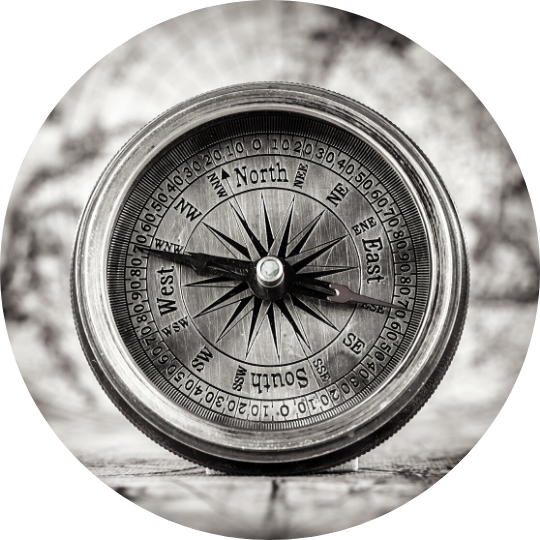Nonviolence Cafe #3: how this era has the potential to be a time for peace
For our third Cafe, we brought together amazing individuals from the Next Generation of Peacebuilders (from our teams in the field, our friends at peace organizations, or those involved in nonviolence education) to involve them in this conversation for shared knowledge and experiences. Our Next Gen of Peacebuilders helped us unpack: how this era has the potential to be a time for peace.
Times of crisis can exacerbate existing tensions--on top of the horrors that the virus itself brings, we’ve seen domestic violence increase, looting for medical supplies, attacks on health workers, xenophobia, spike in US gun sales--but we have also seen an immense show of human compassion and even that warring parties already putting down their weapons across the globe.
With this in mind, we asked small groups to think about how we are at a crossroads: do we revert to violence or choose the path of nonviolence?
Key Takeaways
We touched on various complex ideas in this Cafe, and the wealth of knowledge our audience brought to the table overflows what is listed below. We invite you to review the recap and to continue awakening to our Oneness within Spacious Solidarity.
 |
Because of this, we are recognizing just how important solidarity truly is. The pandemic has changed our relationships with certain sectors of society, our relationship with authority, and our priorities. |
 |
Many people around the world are looking at each other as humans, and embracing loved ones and strangers alike. Foreigners away from their homes are supported. There has been a call to compassion and understanding. We are pushed towards creativity. "Good things" are amplified right now - we are building hope. |
 |
However, we are also asking, how can we build sustainable peace? Not just peace for during the pandemic, but a peace that will last beyond the worst of the crisis. |
 |
At the humanitarian level, we see both a draw-back of certain programs, as well as new restrictions on access for those who have stayed behind. But there has also been a reintroduction of the power of the local community. At the grassroots, there are informal shows of nonviolent love, all the way up to the level of formal ceasefires called on the ground. |
 |
Dozens of countries have voiced their support of laying down weapons so we can face COVID-19 together. Peace is not the mere absence of violence. Not only should we lay down weapons, but we must work for positive peace - this requires swift action and a strategy for moving forward. |
 |
The crisis is a foil for our current (old?) systems, exposing structural inequaltities that cut across various demographics, and cut out those on the margins. |
 |
Although many can see that the world's systems (healthcare, unemployment, humanitarian aid, violence prevention and reduction, civilian protection, etc.) aren't working, we caution that this is also a perfect storm for disaster capitalism. |
 |
|
 |
Viruses in the medical field are oftentimes called the teachers of evolution. Will this virus teach us about a social evolution? |
Your impact on a Peacekeeper
An unexpected positive outcome from coming together for this Cafe: renewing hope for our staff in the field!
"It was refreshing to discover so many positive views about how the world is facing this crisis, and how this can develop into creating a more peaceful society. I learned about how daily gestures of individuals and communities in different parts of the world are showing a great sense of humanity and, therefore, giving us hope for what the future holds!"
Camila, International Protection Officer in NP South Sudan
We hear you
Those who joined us for the third Nonviolence Cafe were calling for strategies for peace to respond to the crisis.
You want something to sink your teeth into - and we get it. Join us for our fourth and final cafe as we discuss calls to action. The steps you can take this week.
And, know that our teams in the field are working around the clock to adapt our practices to the new normal: spreading information (not the virus), accompanying health workers, supporting local community leaders via video, working for humanitarian access, and much more. But we cannot do it alone.
Consider donating today and make an impact on those who are most vulnerable to the COVID-19 crisis.
![]()
